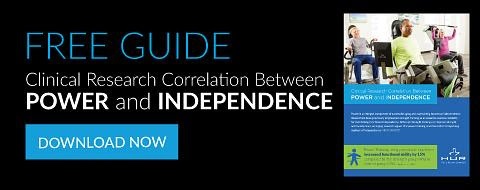Before a person’s early 30s, muscles grow larger and stronger. But at some point, all of us embark on a steady progression of lessening muscle mass and function.
Muscle loss (sarcopenia) is a well known natural process of aging. However, many don’t realize that as we age, we don’t just get weaker from the loss of muscle fibers, we also lose velocity of movement. In other words, without intervention, we get both weaker and slower.
As we age, power is essential for maintaining functional independence. Researchers have previously emphasized traditional strength training for maintaining this independence. However, while strength training can improve strength and muscle mass, emerging research argues that functional independence could be better improved with power training.
The Importance of High-Speed Training for Seniors
High Speed Training has been used for decades to increase power. This type of training has been used by a wide range of people, everyone from competitive athletes to older adults who want to reduce their risk of falling and minimize the loss of independence as they age.
Power is quite simply the rate (or speed) at which we can do work. In resistance training, the work done is moving a load, but power training can be defined as moving a load as quickly as possible through the range of motion of an exercise.
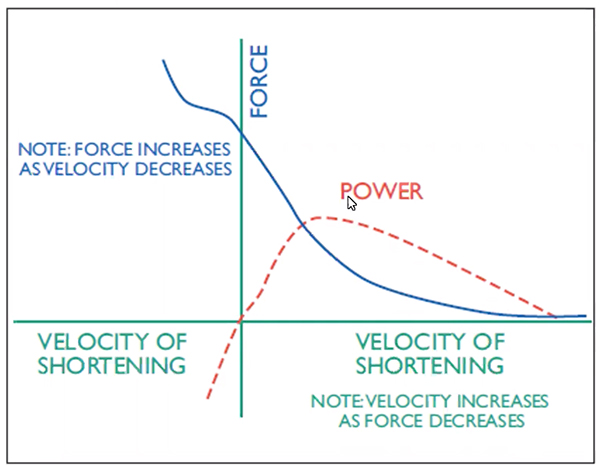
The basis for high-speed power training is represented in the Force-Velocity Curve. As the velocity of a muscle contraction increases the force the muscle produces is reduced. The Force-Velocity Curve shows that at maximum force, velocity is zero and at maximum velocity, force is zero. The red line represents the power curve. Notice that power happens somewhere in the middle of the Force-Velocity Curve because power is the product of force and velocity.
Why is Power Training Important for Seniors?
As we age, we lose muscle fibers, and the muscle fibers we manage to retain shrink in size. Throughout our 20’s, 30’s, and into our 40’s, the number of fibers and the fiber size remains fairly consistent. But, in our 50’s, there is a drop, and once this decline begins, it increases exponentially as we continue to age.
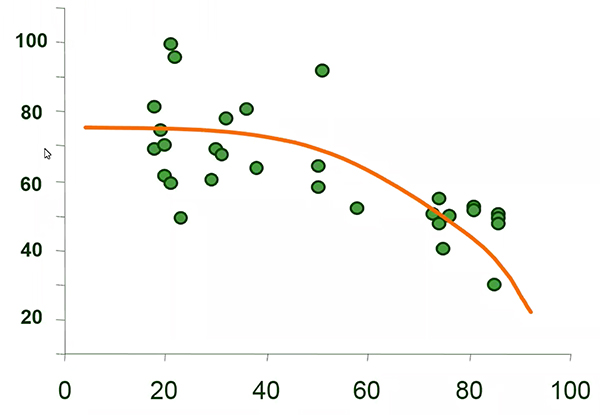
Perhaps even more important, is that the fibers that are most affected by aging are Type II fibers, which are the faster contracting fibers. As we age, we not only get weaker from the number of fibers and the reduction of cross sectional area of those fibers, we also lose velocity of movement. In other words, we get slower. Since force times velocity equals power, reductions in both force production and velocity of movement, equals a loss of POWER.
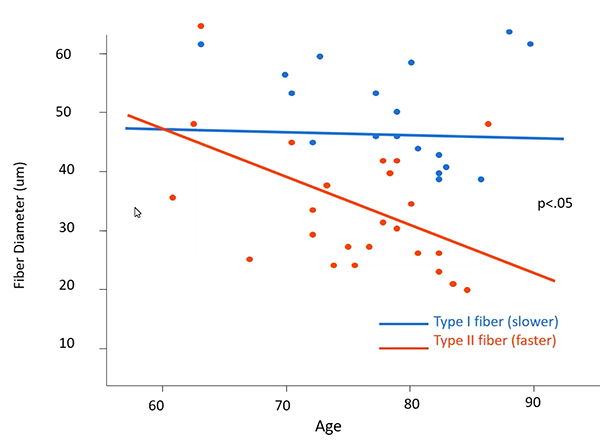
How much Does Power Change As We Age?
A 1994 study (Skelton et al.) found that between the ages of 65 and 89, explosive lower limb extensor power declines 3.5% per year compared to 1-2% per year decrease in strength.
Another study found that in elderly males, maximal anaerobic power declines 8.3% from the age of 20 until the age of 70. (Bonnefoy et al. 1988)
In their attempt to understand the elements that determine maximum power, two other studies found that the most important factor for older adults is speed of movement. (De Vito et al., 1998, and Herman et al., 2005)
Several other have concluded that power is one of the major performance variables associated with independence, fall prevention, and rehabilitation following injury.
The HUR SmartTouch Power Training Feature
HUR SmartTouch equipped strength training equipment includes a power training feature that makes training for power clear and simple.
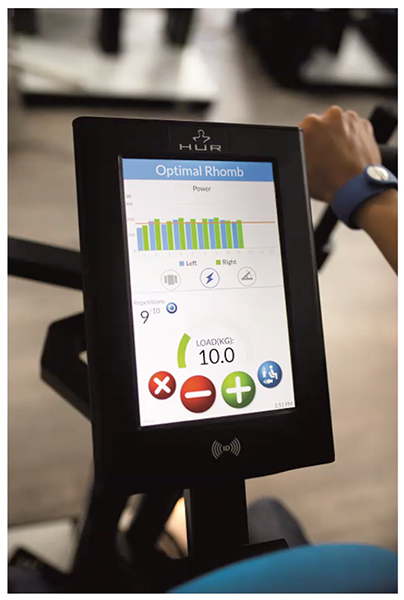 Power output is displayed for each repetition. This very important feature moves people through their workout by completing a set number of repetitions with the goal of maintaining, or surpassing, a certain power output level with each repetition.
Power output is displayed for each repetition. This very important feature moves people through their workout by completing a set number of repetitions with the goal of maintaining, or surpassing, a certain power output level with each repetition.
Side-specific data shows bilateral strength and power imbalances. This makes it easy to design a training program that might address power more on one side than the other if a discrepancy is found.
Baseline goal, target display. Baseline goals can be predetermined and programmed into the system. The target is then displayed on the touch screen so individual users can see it easily.
Auto-progression. Once the program is set up, the individual can train independently, and the level of resistance and number of reps will automatically increase with overperformance.
How to Maximize Power with Strength Training Programs for Older Adults
Since Power is the product of force times velocity, if we train at the force end of the curve we cannot maximize power because even though load might be high, the velocity is too low. Likewise, if we shift over to the velocity end of the curve, so that load is low but velocity is high, we still cannot maximize power output because load is too low.
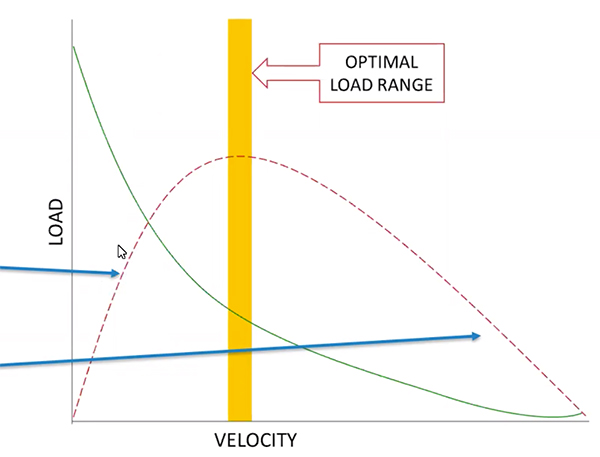
While it varies from person to person, it’s in that mid-range between velocity and load that allows us to train for increases in power.
For older adults, this type of training helps with things like standing up out of a chair because it requires us to move against gravity. Similarly, climbing stairs also requires us to move against gravity. Walking – the only movement against gravity is the undulation of our center as it moves. Getting out of bed also requires us to move against gravity.
Targeted Load for Functional Performance
For older adults, the best training plans are based on the results they want to achieve. This means that the training prescription should reflect the daily activities that each individual wants to target by matching the amount of load against gravity that the activity requires.
In the graph below, the yellow bar represents the amount of load and velocity that will maximize power output. If we shift training towards the right of the graph, you can see that we are training for activities that require gait velocity. On the other side of the graph, we are training for activities that require us to move the load against gravity.
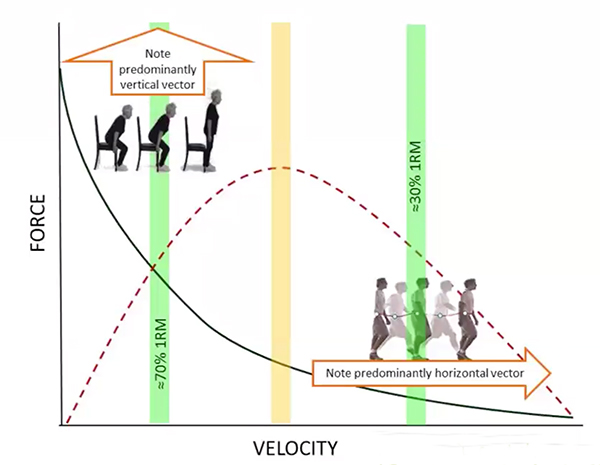
The Importance of Pneumatic Strength Training
Pneumatic strength training equipment is ideal for older adults because it eliminates many of the problems included in traditional weight stack machines.
1. The problem of inertia. The greatest problem involved with high-speed resistance training using traditional weight-stacking machine is inertia. As the user moves the weight, it develops momentum at the beginning and end of the movement, losing momentum in the middle of the move.
This creates a loading and unloading problem and a need to decelerate the weight early in the range of motion to reduce the potential for injury. This is not the case for pneumatic strength training machines.
2. Loading throughout the natural length-tension curve. Pneumatic resistance allows uninterrupted movement through the entire range of motion. This is in contrast to weight-stacking machines which show interrupted loading patterns throughout each movement.
3. Minimal Loads can be too heavy for older adults.In traditional weight-stacking machines, there is minimal resistance load that is dictated by the weight of the plates. For many older adults, the jump in minimal load is too much for safe training. Pneumatic machines offer a continuous resistance variable with zero starting load and very small increases in resistance.
